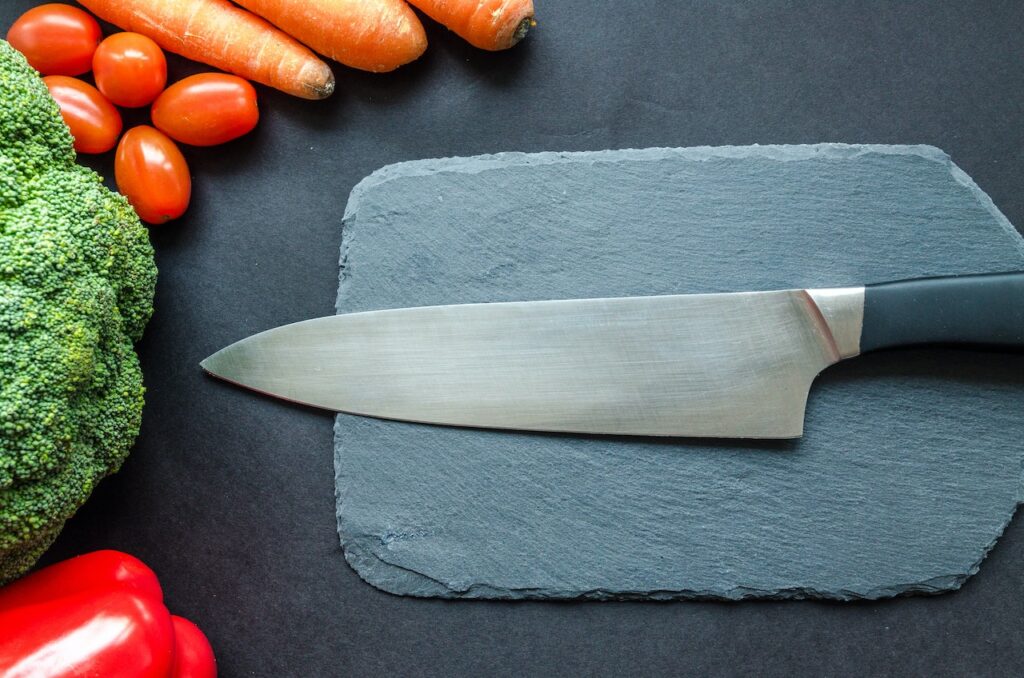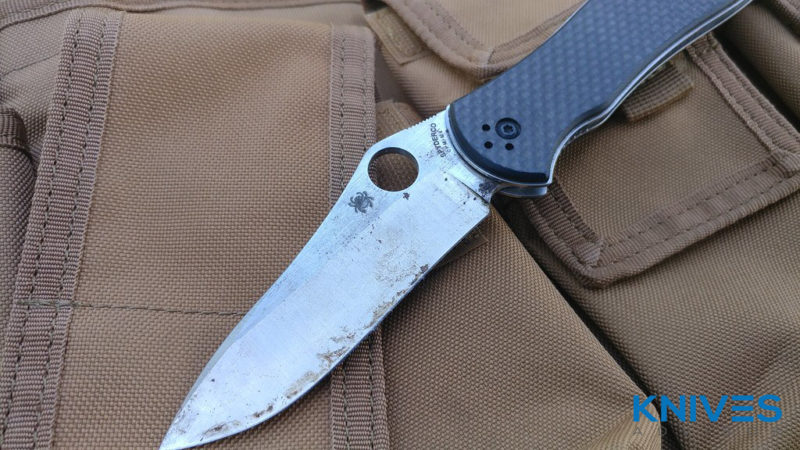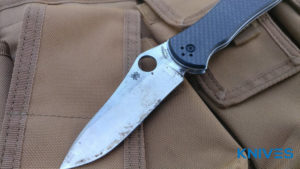An EDC knife is one of the most popular types of knives as they are such a versatile tool that you can use for a variety of tasks and in various settings. If you have one of these knives, it is important that you care for your knife properly as this will reduce the likelihood of you having problems using your knife.
Proper maintenance will ensure that your knife works efficiently, and it can also extend the lifespan of your knife. Here are some tips for the proper care and maintenance of your EDC knife.
Disassembling Your EDC Knife
Unlike kitchen knives and fixed blade knives, an EDC usually has moving parts. This means that they have nooks and crannies where lint from your pocket or dirt can get trapped. When this happens, it can affect how well your knife works or even stop it from working altogether. The only way to resolve this is to take your knife apart, so learning the skill of disassembling an EDC knife is important if you want to take proper care of your tool.
However, before you begin, you should check the information that comes with your knife for two reasons. The first is that every knife is different, so you should check whether there are instructions for disassembling that model.
The second reason is that some manufacturers do not want you to take the knife apart and it can void your warranty if you dismantle the knife yourself. This means that you can only use the manufacturer to fix your EDC knife if you want to retain the warranty.
The downsides to this are that it will sometimes cost you money to do this and it can also take time to return the knife to the manufacturer and wait until they send it back after the repair. For these reasons, you may decide to take the risk and disassemble the knife yourself.
If you decide that you want to fix or maintain your EDC knife yourself, the following tips will help you with the disassembly process.
- Clear a space on a flat surface that is large enough to accommodate the parts and tools.
- Gather together the tools you need. These include small screwdriver bits, star drive bits, a magnet, tweezers, and some small needle nose pliers. You should also have a large plastic bag in which you can disassemble the knife as it is likely that parts will fly off and the bag will catch them.
- Before you begin removing parts, it is important to remember throughout the process how sharp the blade is and to watch your fingers at all times.
- The first step in disassembly is removing the tension from the knife blade. This can be in either the open or closed position depending on the type of mechanism your knife has.
- Next, you should remove the body screws and there is sometimes some resistance. If you do, you can heat the end of your star drive bits with a flame and this should help as the heat softens the thread locker in the screws.
- You can then begin to pull apart the handle slabs and the scales. As you remove each piece, place it carefully in the cleared space. If the surface is slippery, it helps to use a paper towel as this will stop the parts from rolling or sliding.
- You will need to inspect all the parts of the knife to check for damage once you have them spread out on your work surface.

Cleaning and Polishing Your EDC Knife
Once you have disassembled all the parts of your EDC knife, start with the cleaning and polishing stage of the process.
- Good cleaning materials include cotton pads or balls, pipe cleaners or Q-tips.
- Options for solutions include acetone, window cleaner, WD40, or alcohol.
- Other helpful items include paper towels, steel wool, and Trizact paper with 3000 grit.
- If you are cleaning the handle scales, use window cleaner as this works the best.
- Use WD 40 if any of your knife parts have grease or grime as this breaks down the grease.
- When cleaning the threads of the screws, put some acetone on a cotton ball and then twist the screw into the cotton ball.
- TO improve the performance of washers made from brass or phosphor bronze, rub them with a high grit sandpaper.
- For the holes where the screws are normally fixed, you can push through a pipe cleaner. You can also use pipe cleaners to the slot between the liners where the blade usually sits.
Oiling and Reassembling Your EDC Knife
The final stage of the cleaning and maintenance process is to oil and reassemble your EDC knife. The following EDC knife care tips will help you to do this:
- Remember the order that you disassembled your knife in as you will reverse this process when reassembling your knife.
- Do not wait until the knife is reassembled before oiling the moving parts. This is something that you should do as you go along.
- Avoid using organic oils as these have low viscosity and can gunk up the parts quickly. Also, dust and dirt will attach itself to these oils.
- Use synthetic oils for oiling an EDC knife. There are many of these available commercially.
- Take care to avoid touching the blade of the knife while reassembling, especially when using the oil as this can make the parts slippery.
- The final step is to give your knife a thorough wipe down using a soft, dry cloth.
How Often Should You Clean Your EDC Knife?
If you are not experiencing any problems with your EDC knife, you should still clean it approximately every six months. You may need to clean it more often than this if some parts are sticking or the knife is not working effectively.
The Bottom Line
An EDC knife is a useful and versatile tool and taking care of them properly will keep them working efficiently and extend your knife’s lifespan. EDC knife care is important, but not as complicated to do as you may think if you go through the process thoroughly and methodically. Hopefully, the tips here will help you to achieve this.

